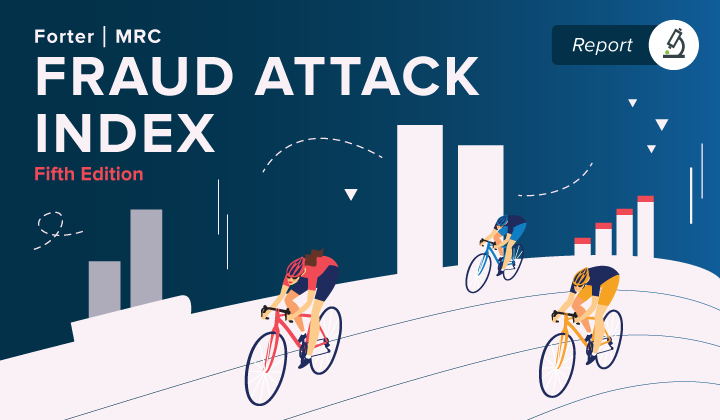E-commerce and fraud prevention professionals often get caught up in the daily bustle of catching fraudsters. As important as this work is, it is just as vital to be able to step back and take a look at the broader context into which all instances of fraud take place.
What trends are affecting the marketplace at large? Which industries are consistently being attacked? What fraud methods are growing more relevant?
In order to provide merchants and fraud prevention professionals with a complete picture of the online retail ecosystem, Forter presents our biannual Fraud Attack Index – Fifth Edition, recapping the year’s fraud trends, retailer pain points, and merchant woes. We believe that by taking a holistic view of broader trends we can help retailers and fraud professionals alike, stay ahead of the fraudsters.
What was trending in 2017?
Highlights
- Fraud attacks in general rose by 13%.
- There was a 31% increase in Account Takeovers (ATOs) YOY as of Q3 2017.
- Policy abuse increased in the later quarters of 2017 by 93%.
- Return abuse spiked in Q4 of 2017, with a 119% increase.
So, what now?
Fraudsters now, more than ever, have multiple avenues, devices, and techniques with which to exploit online shoppers and online retailers. This means our fraud prevention systems need to be faster, more efficient, and more accurate than ever before. Legacy fraud prevention systems based on rules and manual reviews, simply are not adept enough to compete with nimble fraudsters. Furthermore, as we note in our Fraud Attack Index, fraudsters are no longer just focused on exploiting the point of transaction. Customers and retailers are vulnerable throughout the customer journey, from login to coupon use, and everything in between. Fraudsters are taking advantage of these weak points.
Don’t fear the fraudsters
While our report does highlight the many instances in which fraudsters attempted to commit fraud, we should note that as fraudsters grow more sophisticated, so too do the methods by which we attempt to stop them.
Retailers should be looking to phase out their legacy systems and find fraud prevention solutions that are more adaptable and able to decision in real-time. A huge part of the fraud equation is how good customers can be affected by the review process. Ideally, customers should never know they are being reviewed, never feel any of the frictions, and never have any delays. With systems that are rules-based and rely on teams of manual reviewers, this is simply not a possibility. Only through full automation and a true understanding of merchant-specific pain points can fraud prevention avoid false positives and provide a seamless customer experience.
Looking forward
Fraudsters continue to hone their techniques and skills, and therefore fraud prevention specialists, must do the same, always staying one step ahead. Through automation, and combining the robust capabilities of machine learning with the refined analytic skills of human expertise, we can lead the way forward in offering a truly real-time fraud prevention solution for online retailers.
Download the Forter Fraud Attack Index to learn more.





